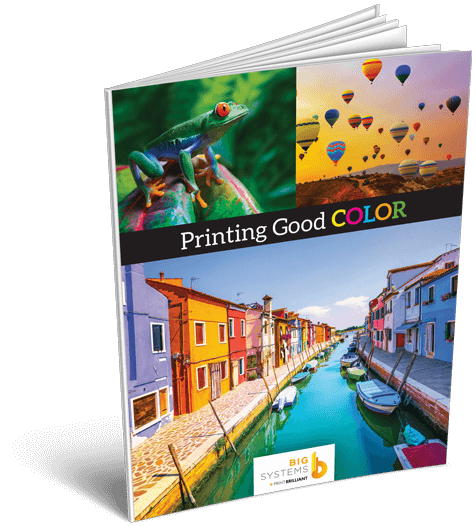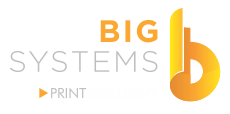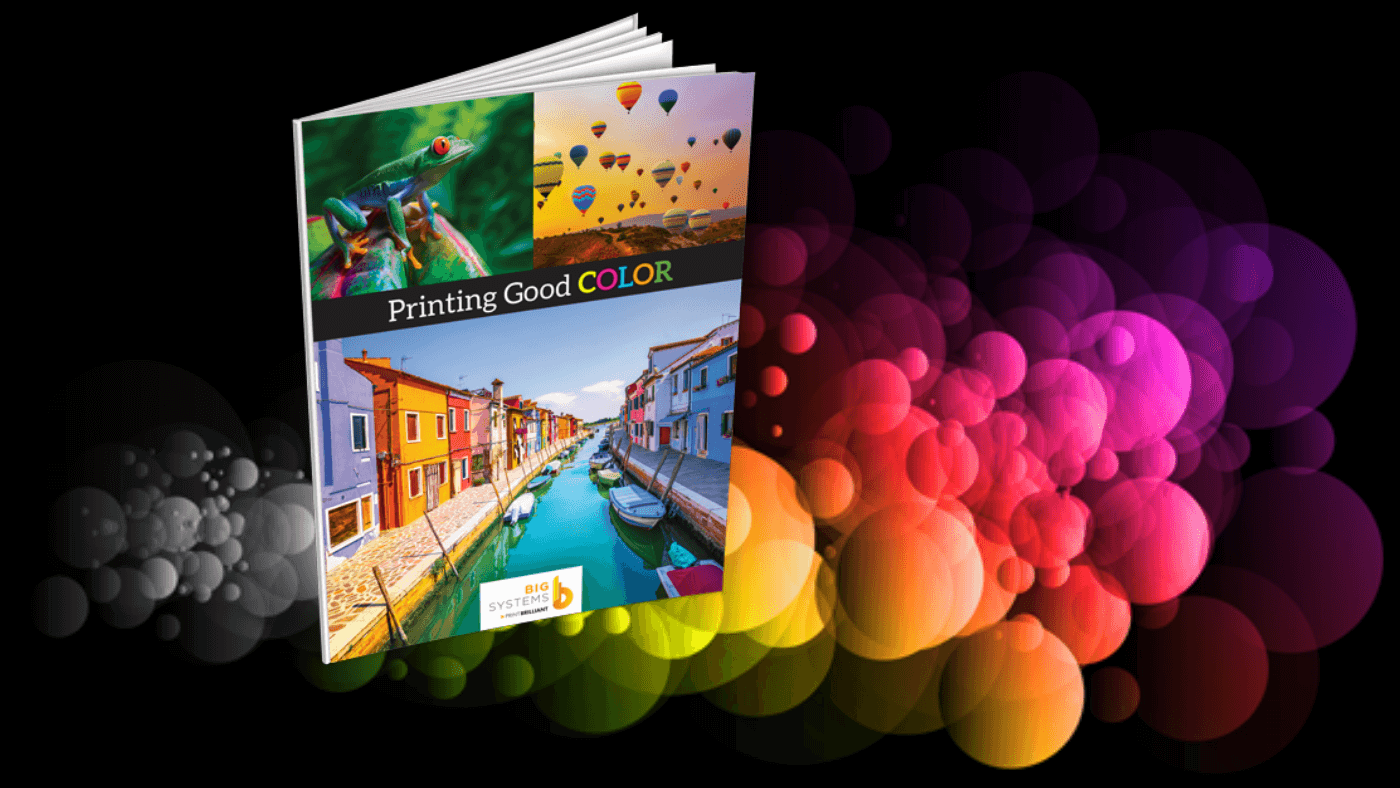How to print good color is always top-of-mind for any print service provider. It is also of the utmost importance for the designer to have their creation output correctly to accurately display what they envisioned. Color is one of the most effective ways to convey a message or get a prospect’s attention. But when it’s not managed properly in your printed materials, it can damage your brand and give your prospects and customers the wrong impression.
According to branding research, color is the visual component people remember most about a brand, followed closely by shapes and symbols, then numbers and finally words. Roughly 6 in 10 people will decide if they are attracted or not to a message based purely on color. Moreover, color increases brand and mark recognition by up to 80%.
First impressions mean more than ever today – especially because customers today have more product and service options than ever. That’s why poor quality printed pieces can seriously damage perceptions of your brand and your firm. Poor quality print marketing materials cause customers to jump to conclusions: Your company is new and poorly capitalized. Your brand is an afterthought. You don’t care enough to invest in quality print materials.

Many factors can affect print quality. That’s why we’ve written a new eGuide entitled Printing Good Color. It provides detailed advice on the most common color-related printing challenges, including:
How to Print Good Color
Printhead Misalignment
If your printhead alignment is off, areas of softness and different colors extending around the edges of type, photos and other objects may appear. Learn what steps to take.
Mottling
Mottled printing and resulting print quality is low, and is showing these kinds of artifacts, there are several possible causes. Learn what you can do.
Speckled Patterns
If your output is exhibiting noticeable speckled patterns in colored areas, there are several possible causes. Learn how to fix this issue.
Banding
If there are lines or bands in your print output, you usually have missing jets on the printhead or the advance of the media is not set correctly. Learn how to make the proper adjustments.
Incorrect Object Types and Color Spaces
There are two types of objects that you use to convey color: Raster images (bitmaps like JPG and TIFF) and vector objects (these are scalable drawing elements like fonts, lines, polygons and even logos) are affected. Learn how to address these issues.
White Point Issues
The type of media makes a difference, and is one of the most overlooked variables in printing. Learn more.
RIP Workflow Software Recommended
In addition, this helpful guide explains why you should use Raster Image Processing (RIP) software with your printers and why linearization of your media needs to be performed to establish a correct color profile for your printer. If you are currently printing using only the manufacturer’s printer drivers, you may be missing out on several key advantages. The feature set of most out-of-the-box printer drivers is rather limited. They don’t offer many options for selecting paper, color modes and sizing. Learn how implementing RIP workflow software can give you considerable control over color and consistency between print projects.
Anyone who has a color printer is faced with the challenges of producing consistent, accurate color on a wide range of materials. A number of factors can affect color print quality; some are simple and others more involved. In either case, we can help you improve your color. Our eBook helps identify several common problems you should be aware of.
The specialists here at Big Systems can help with these types of printing issues and help you PRINT BRILLIANT. Give us a call at 888-244-4177 or visit https://bigsys.com/wp/



